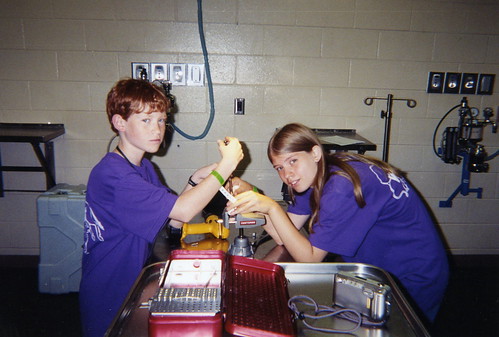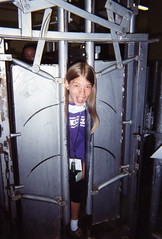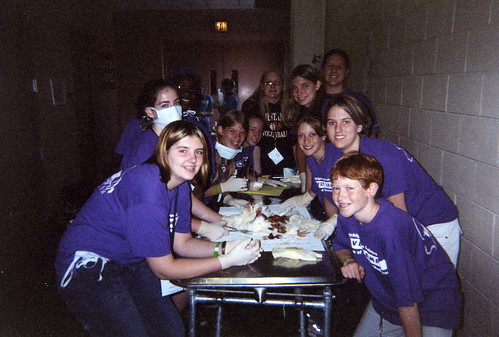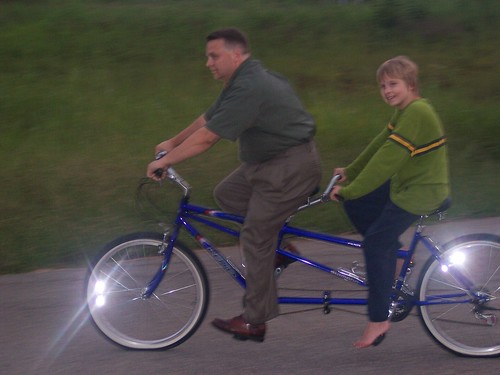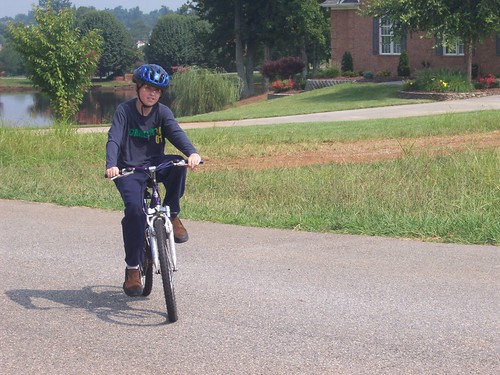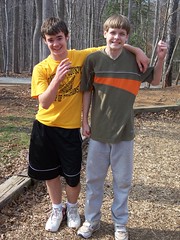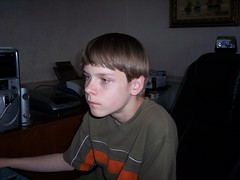Stephanie from Throwing Marshmallows has an excellent post about the ins and outs of learning to read. She starts with a comment from someone else that said thus:
What is your take on unschoolers who don’t teach their children to learn how to read until they’re “ready”? This can mean 8, 9, or 10 from what I have been reading.
Stephanie replies with her first reaction before she really understood the ins and outs of learning to read through her children:
I know that the first time I read about homeschoolers who had kids who were so “late” in reading, I was a bit surprised too. This goes against everything that we commonly hear…reading is the key to learning. Early reading is important.
This is a common sentiment deeply entrenched in our society’s conditioned educational value system. I’m not sure how much is based on fact. For instance, one could say that “it is important to support the path to reading” as important. But, even then, one can look at history, and find slaves and other underprivileged people who desired the skill of reading but were denied. Waiting until they had the opportunity did not prevent them from learning.
So, besides holding up these sentiments to the light of Truth to test its validity in order to determine if the source is worthy enough to hold our children up to its weak premise, I have another theory to share regarding unschooling and late readers. It is my belief that many who come to unschooling do so because they have a child who is a right-brained learner and their strong learning style leads them down to this path that fits their style. Or the parent is a right-brained learner and embraces the concepts unschooling espouses that matches their learning style so beautifully. And, when one researches the right-brained learning style, it would be uncovered that traditionally, right-brainers do not begin to read until between 8-10 years of age. This has nothing to do with intelligence and everything to do with the timeframe of their particular brain processes. Therefore, I propose that it isn’t unschooling that produces a larger proportion of late readers, but that right-brained learners are attracted to the unschooling environment in which they thrive and they bring with them their natural inclination to later reading than our society values.
Stephanie goes on to say this:
It seems like many people (educators and the general public alike) think that learning to read is just a matter of being taught. If you “get them early” you can give them a “head start”. But some kids (especially visual-spatial kids) need more time to develop then others. They just are not ready. And no amount of teaching can change that.
Sure you can start teaching them early, but if reading has not “clicked” with them, it really is like throwing those marshmallows. Why push, why make reading something “hard”, why risk having a child start thinking that they are dumb when waiting can bring out the same (or better) result?
This is the hardest conditioned belief to break through. You cannot make a person read before he or she is ready. I believe that with all of my heart and witnessed it in my own family. So many people believe the lie that learning to read is hard. It doesn’t have to be. The process is meant to be joyful. We choose to make it difficult. I’m not saying that there aren’t rare cases out there, but the majority of humanity, if guided on their particular path to reading, can do so seamlessly. We would rather believe we can make it happen to assuage our own fears than trust that with our gentle supports and facilitation and attuned observations will lend itself to the natural unfolding process meant for each person.
Stephanie said this:
I definitely agree that a love of reading and books should be cultivated early. And this is exactly what I did with Jason. He has always had a passion for good books and good stories from a very young age. A fondness for reading and books however does not always translate to early reading.
In the years before he learned to read, Jason learned in all sorts of different manners…I read books all the time, he listened to tons of audio books, he watched lots of videos and tv shows, he played computer/video games, we performed science experiments, we played all sorts of games, we talked (a lot!). Now that he is reading we still do all of the above…reading is just one additional way that he learns. (Don’t get me wrong…reading is very important and makes a lot of things easier…but it still is only one way out of many in which kids learn).
It may or may not be true that a love of books early should be cultivated. Books are a convenient source to information, but certainly not the only source for information. I don’t have any evidence one way or another, nonetheless, it was important TO ME for my family. People have asked me how I managed to not completely freak out when my oldest didn’t read until he was 8-9 years old. It’s exactly because of what Stephanie is saying in these paragraphs . . . he had a meaningful relationship with books in his life.It will then be easy for you to overcome ED permanently. (cialis generika) http://appalachianmagazine.com/2014/02/25/mud-bogging-the-growing-sport-of-rural-america/
It would seem that reading “should have” come easily for my oldest at a young age because of his obvious high intelligence. As Stephanie mentioned, intelligence does not always equate with early skill acquisition with valued subjects. But, his intelligence was exhibited in amazing ways nonetheless. We began our collection of books before children arrived. With our firstborn came the enlarged collection of board books, then picture books, then intellectually engaging visual books like Eyewitness books, Kid’s Discover Magazine, Zoobooks, atlases, Aliki, Magic School Bus, visual experiment books, etc. I was amazed at what Eric could glean from the pictorials in these resources. When he wanted to know more, he asked for assistance. As an available parent, being a non-reader did not infringe upon his acquisition of knowledge. Educational computer software such as Encarta, Geosafari, JumpStart and other such avenues as well as educational videos were favorites. And, above all, lots and lots of discussions and conversations I think is a main staple for a highly intelligent person. Even as a reader now, Eric is what I classify as an “information reader” because he still uses heavily pictorial resources and tends to “blurb read” for the necessary additional information since his main focus continues to be drawing and design.
Stephanie concludes with a great example from her own children’s reading lives:
Now I am also not saying that you should always wait until kids are older…some kids wind up figuring it out for themselves at an earlier date. For other kids it becomes clear that they are ready earlier.
Waiting for a child to be ready also works for kids who are ready on a more “typical” timeframel. Last year when he was 5, Kyle became very interested in learning to read. He is much more of a sequential/typical learner, so I figured that we would give it a shot. After doing some lessons in 100 Easy Lessons it became apparent to me that he really was not ready. He loved the lessons but they were not sticking and I could see that he just was not totally getting it. So I stopped suggesting that we “do reading”. Kyle did not notice or remind me. We continued doing what we normally do…read and talk about reading and letters.
This fall, he again became interested in learning to read so I decided to give 100 Easy Lessons another try. The difference is incredible! He totally gets it. And remembers it. He reminds me to do his reading. It is coming very easily for him.
Now I could have spent this past year slogging through the lessons. But why risk him possibly learning that “reading is hard”? By waiting until he is ready, he is learning that “reading is easy” and reinforcing the belief that “reading is fun”.
This same scenario has played out with each and every one of my children. It’s not about preferring early; it’s not about preferring later. It’s about preferring that each child gets to pursue reading exactly when it is right for him/her and exactly in the way that works for him/her. My first, fourth, and fifth children I was able to predict through attuned observations and accurate personal indications when they were ready to learn to read and how. My second child learned on her own, so I missed that partnership, which is perfectly fine! My third child was similar to how Stephanie made an offering two different times until the third time, it was the right moment with the right process and it clicked for him. Each time I offered something to him that I thought was a good guess on what he needed, it was immediately apparent that he struggled with the ability. So, I dropped it, waited, until I felt it was time to offer again, with something different, or something similar. Again, it was immediately apparent he wasn’t ready. And yet, just as apparent as it had been that he was not ready, when he was, it was equally apparent. He took off.
As Stephanie mentioned, I could have started with my first offering, which was already around 8 years old, and continued plugging away at it. But, what would it accomplish? It would not accomplish him learning to read any faster than he had. I have heard story after story of this scenario of working away at a program for several years before it suddenly “clicked”. And yet, I believe it only “clicks” several years later because it was finally time; not that the program was “miraculous”. Stephanie’s example with her son, Kyle, is one piece of “proof” to that. The year before, the program didn’t work for him at all, and one could have chalked it up to the program, but a year later, she offered it again, and it “clicked”, because he was ready, not because the program changed.
I have heard so little of my experience being explored. Like Stephanie with Kyle, for Eli, I waited, and continued to enrich his life mainly with language, in his case. He actually spent very little time with books and did not like to be read aloud to as an obvious weakness of auditory differences interfered. I will also write a post about difference interferences beyond the learning style next. I believe the reason there is so little who follow a similar path as I have is because of the enormous pressures in our society surrounding reading. We truly believe that some people need years of work before they are ready to read, and some only need a little nudge. I have had personal experience with children that “should have” needed a little nudge but actually needed more time, children that did just need a little nudge, and children who would have been given years of “practice” but didn’t need to in our homeschool environment. Instead, each and every one of them simply needed to be given time to reach their personal readiness, and then given the nudge, to find themselves come to reading joyfully.To conclude with Stephanie’s words:
And that, for me, is the best possible outcome…a child who enjoys reading and loves books.
As said in my previous post to this, my personal goal as a person who loves to read was to have all of my children love books. As a person that reading means so much to, one would think I should have been a prime candidate for “reading panic” with her children. I reiterate, it was one of my most important goals of my homeschool adventure! And yet, I instinctively knew that if I wanted to increase my odds of meeting this lofty goal, I would need to do something different than what public schools or society espouse. So far, so good . . . five down, two to go. Find me those odds in any other household, let alone in one as unique as mine!

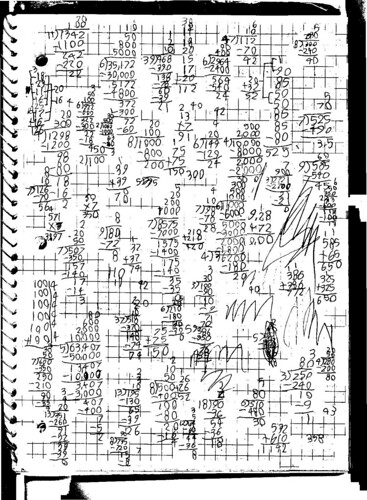



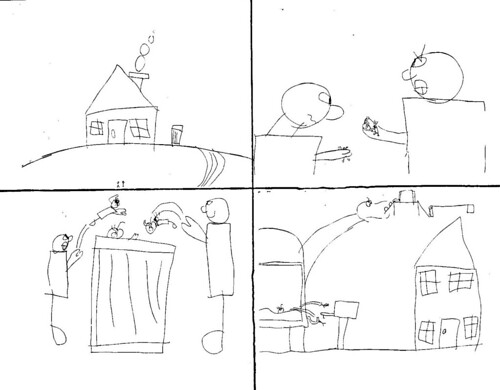
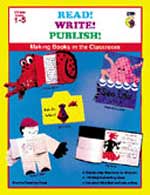
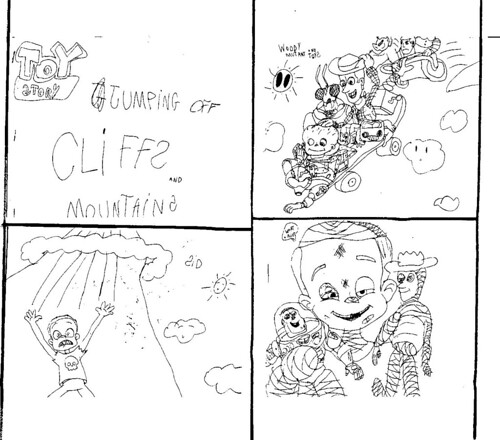

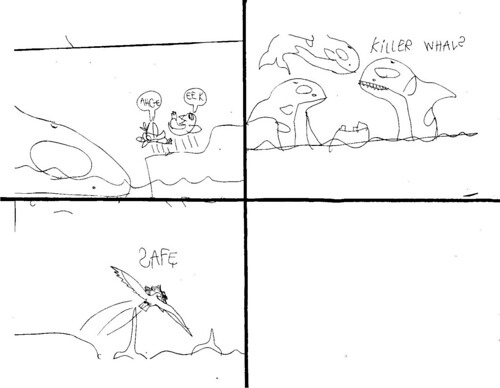
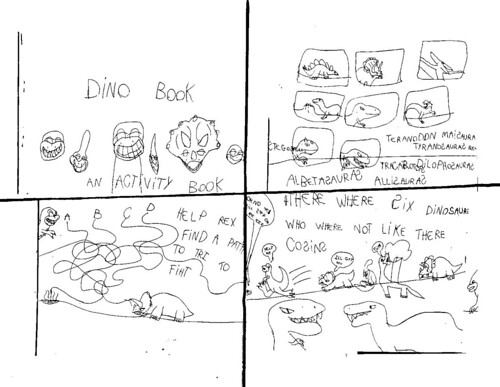

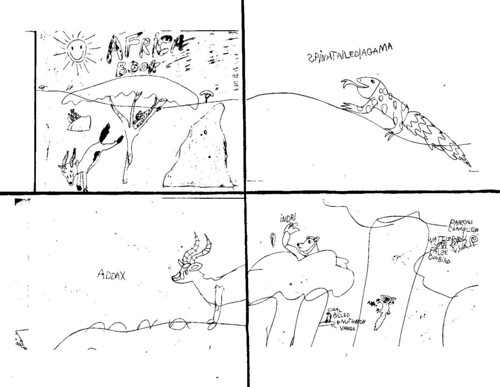
 ). Obviously this is not happening all the time every day. For one thing, I make mistakes — break the rhythm of the dance, step on someone’s toe, lose my concentration. But the challenge of that dance– of doing my part in that collaboration — is very invigorating.
). Obviously this is not happening all the time every day. For one thing, I make mistakes — break the rhythm of the dance, step on someone’s toe, lose my concentration. But the challenge of that dance– of doing my part in that collaboration — is very invigorating. Okay, so I added the last part about Satan’s den, although it is said to combat the evil influences our youth so often face on a daily basis . . . which is in the school environment . . . so I call it as I see it.
Okay, so I added the last part about Satan’s den, although it is said to combat the evil influences our youth so often face on a daily basis . . . which is in the school environment . . . so I call it as I see it. 
